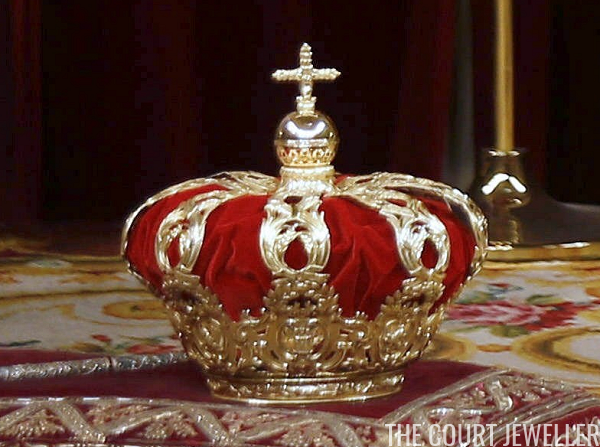 |
| PACO CAMPOS/AFP/Getty Images |
Today is National Day in turbulent Spain, a country which is constantly struggling to define its boundaries and its identities. Although the country’s monarchy has been equally unstable over the past century, King Felipe VI sits on the throne today. But he doesn’t wear the country’s crown — in fact, no Spanish monarch does. Today, let’s have a look at this gleaming symbol of Spain, the corona tumular.
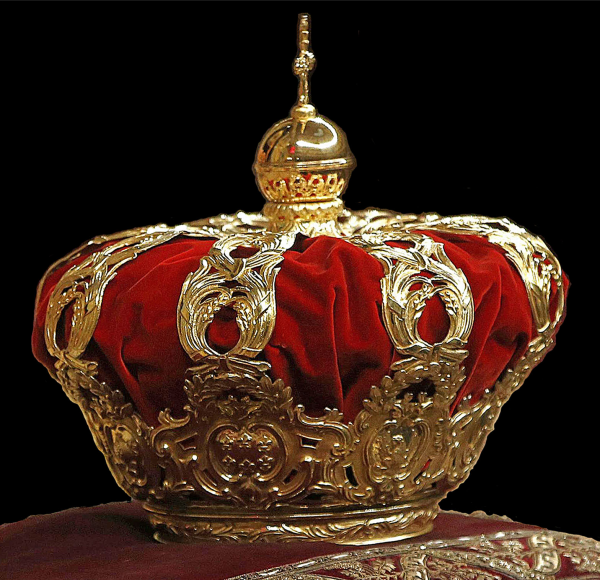 |
| Wikimedia Commons |
Unusually for a European royal diadem, Spain’s crown is made solely of gold-plated silver, with no embedded gemstones. It was made in Madrid during the reign of King Carlos III. There’s some debate about which occasion the crown was actually made for, but many believe it was created for the funeral of King Carlos’s mother, Queen Isabel, who died in 1766. Isabel, who was born Elisabeth Farnese, served as Spain’s regent after the death of her husband, King Felipe V. Felipe was the first Spanish monarch from the House of Bourbon, which may help explain the decision to make a new crown in connection with his widow.
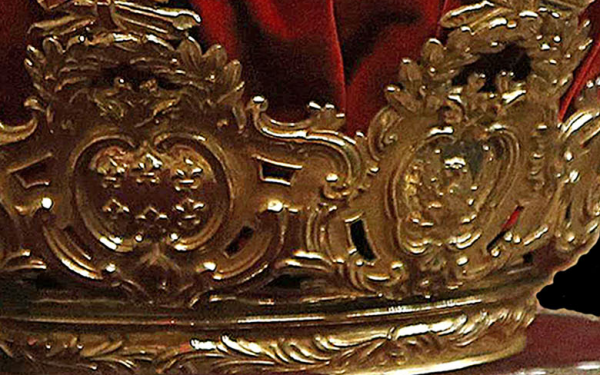 |
| Wikimedia Commons |
The base of the crown is decorated with heraldic symbols from the two founding kingdoms of Spain, Castile and Leon. As you can see in the image above, the crown also bears the heraldic symbol of the House of Bourbon, which features the fleur-de-lis.
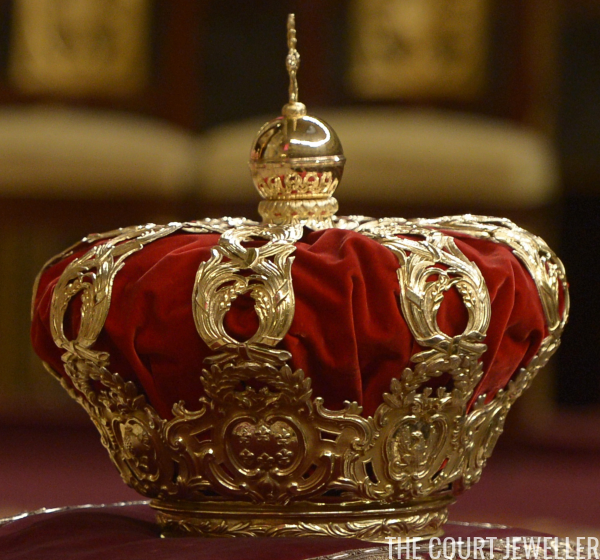 |
| DANI POZO/AFP/Getty Images |
The last Spanish monarch to be crowned was Queen Joan III of Navarre, whose coronation took place more than two centuries before this crown was made. This crown has always been a symbol; it has never been worn by a monarch. Traditionally, it has been present during the proclamation ceremonies of a new monarch and at monarchs’ funerals.
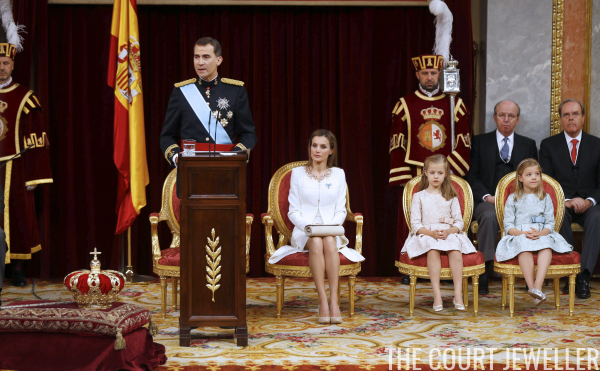 |
| PACO CAMPOS/AFP/Getty Images |
The crown was last used during the proclamation ceremonies for King Felipe VI in 2014. It sat on an embroidered pillow in the Cortes Generales during the event, positioned in front of the new monarch. Also on display was the country’s 16th-century royal scepter, which was given to King Felipe II, a member of the Habsburg dynasty, by one of his royal relatives, Rudolf II, who was then the Holy Roman Emperor.
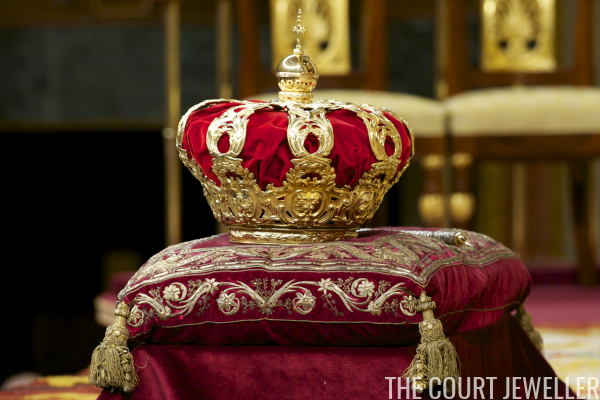 |
| Juan Naharro Gimenez/Getty Images |
Following King Felipe’s 2014 proclamation, the crown and scepter were placed on permanent public display at the Royal Palace in Madrid for the first time in Spanish history. Spain’s kings and queens may not wear their crown, but now their fellow Spaniards — and all of the rest of us — can see their gleaming corona with their own eyes.
Leave a Reply